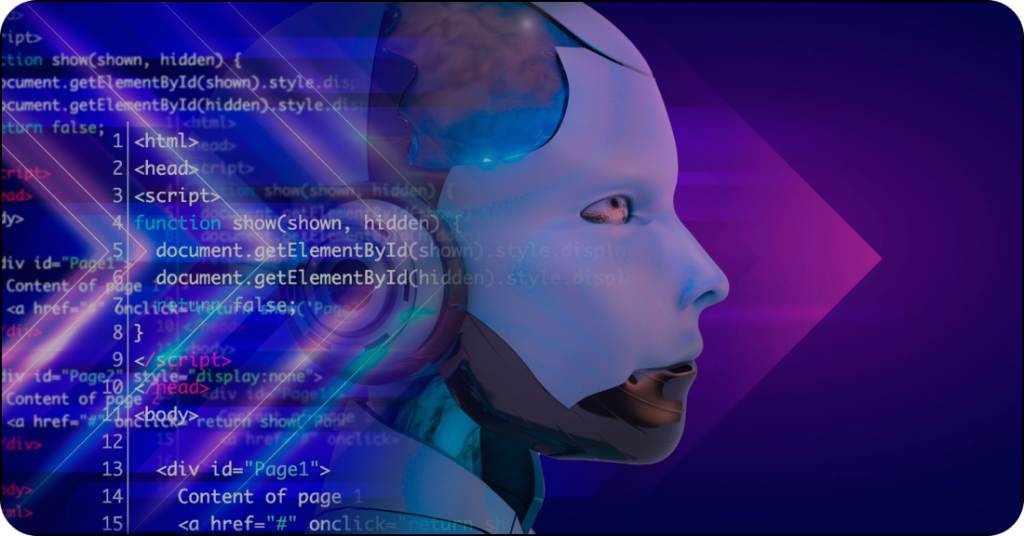The future isn’t coming, it’s already here. But companies are still running on legacy systems built decades ago. These systems were never designed for today’s speed, scale, or cloud infrastructure. These modern monoliths may have served their purpose once but now they’re slowing innovation, increasing technical debt, and draining IT budgets. According to RecordPoint, 57% of global IT spend still goes to supporting existing operations. That’s nearly $570 billion spent each year just to keep the lights on, without addressing scalability or compatibility with modern platforms, APIs, and user expectations. In today’s environment where agility is everything, legacy systems have shifted from being essential infrastructure to becoming costly liabilities. That is why modernization is no longer optional. It is essential. At G360, we specialize in using AI co-generation to help organizations transform outdated software into cloud-native, scalable, and maintainable systems that are built for the future. In this post, we are going to break down exactly how we do it and why AI is the key to modernizing at speed without starting from scratch. Why Legacy Systems Hold Your Business Back One of the most significant challenges of legacy software is the lack of clear documentation. Many older systems were built without modern best practices around version control, automated testing, or standardized documentation. As original developers move on, they often take critical system knowledge with them. This leaves organizations with brittle, monolithic codebases that are difficult to understand and even harder to modify safely. Furthermore, legacy systems are typically poorly documented and rely heavily on outdated technologies, making them opaque and risky to change. But it isn’t just the lack of documentation. Maintaining legacy applications becomes more expensive year after year. These systems often require specialized knowledge to update or debug, and they rarely integrate well with modern tools or cloud platforms. As technical debt piles up, IT teams are forced to spend more time fixing bugs and less time delivering value through innovation. A report by McKinsey notes that companies typically spend more than 70 percent of their IT budgets just maintaining legacy systems, rather than building new capabilities. On-premise infrastructure costs further exacerbate the problem, as outdated hardware becomes increasingly expensive to operate and scale. Most importantly, legacy systems act as a drag on digital transformation. Without modular architectures or cloud readiness, these applications struggle to support today’s technologies like microservices, container orchestration (e.g., Kubernetes), or generative AI tools. This architectural rigidity limits organizations from adopting new business models or responding quickly to market changes. Legacy modernization is essential to improve agility and enable innovation, especially as businesses shift to cloud-native development and AI-driven automation. If legacy systems are such a big problem, why don’t more businesses modernize? The True Cost of Complexity Most modernization attempts don’t succeed. Not because teams aren’t talented, but because they underestimate what they’re up against. The applications that need modernization aren’t side projects. They’re mission-critical. They handle revenue, logistics, compliance, and customer interactions. When modernization fails, it’s not just an IT problem. It’s a business-wide setback. Over the years, legacy systems get patched, extended, and duct-taped together to meet new demands. What starts as a clean system turns into a tangled mess. The architecture can’t scale or adapt and every change is a risk. More importantly, nobody knows how it all works anymore. One wrong move, and the whole thing wobbles. Ultimately, companies can’t modernize what they don’t understand. In most cases, documentation is nonexistent or is outdated and wrong. Teams are forced to dig through brittle codebases, trying to reverse-engineer logic that hasn’t been touched in a decade. And every step reveals more complexity: unknown dependencies, hidden side effects, buried business logic. This slows the project, raises the cost, and increases the chance of failure. But there’s also a risk of doing nothing. Modernization isn’t about checking a box. It’s about staying relevant. Modernization Doesn’t Have to Be a Mess Yes, legacy systems are complex. But complexity doesn’t have to mean chaos. With the right process, the right tools, and a team that knows what they are doing, modernization becomes a real opportunity and not just a rescue mission. At G360, we make it possible to modernize with confidence. We help you understand your systems by using AI to surface functionality, dependencies, and hidden logic quickly. Then we help you move faster with a streamlined process that cuts down on delays, reduces risk, and keeps your modernization effort aligned with your business goals from day one. Modernization is never easy but it does not have to be a struggle. We help you do it right. Here’s how. G360’s AI-Powered Modernization Framework At G360, we blend AI capabilities with deep engineering and business expertise and proven Microsoft Azure technologies to drive successful application modernization from end to end. Our process begins with a thorough assessment and code ingestion process. Our AI tools analyze the legacy codebase to identify structures, data models, and logic flows. This gives us a clear picture of how the system works before a single change is made. From there, we use AI-driven models to extract functional requirements. These models generate natural-language summaries that highlight key features and workflows, enabling us to define what the application does without relying on outdated documentation or unavailable team members. After that, we then meet with key stakeholders to validate and refine those AI-generated insights. These sessions help us align modernization goals with business priorities, clarify any ambiguous functionality, and define a clear pilot scope. This step ensures the future architecture supports what the business actually needs. With the requirements in place, we use AI-assisted code regeneration to jumpstart development. By auto-generating boilerplate code and scaffolding cloud-native components, we accelerate the transition to microservices, serverless functions, APIs, and modern user interfaces. This gives our engineering team more time to focus on custom logic, performance, and security. Our team then designs and implements a scalable, secure architecture using Microsoft Azure. We build containerized services, serverless functions, clean API layers, and robust data pipelines

